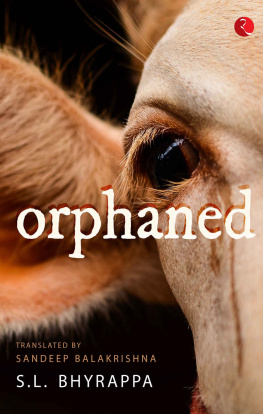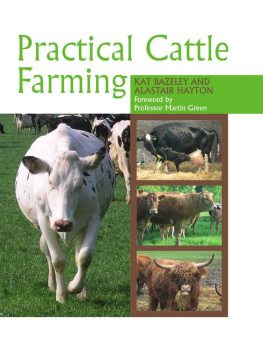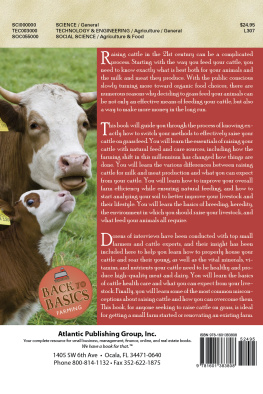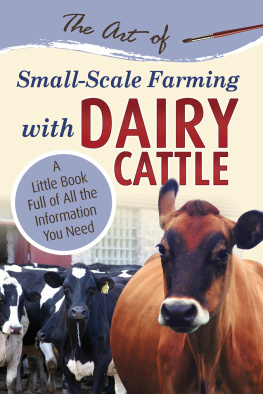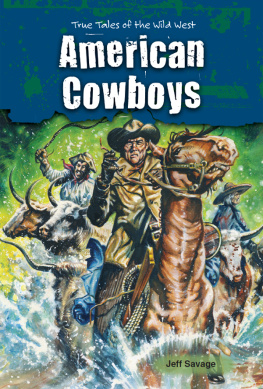Orphaned
S.L. Bhyrappa (b. 1931) is an eminent Kannada novelist whose works span twenty-four novels, six critical discourses and an autobiography. With an honorary doctorate from six universities, he is a best-selling author for over five decades, beginning with Vamsha Vruksha published 52 years ago. He received the Sahitya Akademi Fellowship in 2015, and was awarded the Padma Shri in 2016. He was also the recipient of the Saraswati Samman in 2010, and most of his novels have been translated into almost all Indian languages, including Sanskrit and English. His most well-known works include Vamshavriksha, Grihabhanga, Daatu, Parva, Saakshi, Saartha, Tantu, Aavarana and Uttarakanda.
He lives in Mysore.
Sandeep Balakrishna served in the IT industry for over seventeen years. He is the author of the bestselling history book Tipu Sultan: The Tyrant of Mysore. His other books include Madurai Sultanate: A Concise History and 70 Years of Secularism: Unpopular Essays on the Unofficial Political Religion of India. He has translated S.L. Bhyrappas bestselling Kannada novel Aavarana into English as Aavarana: The Veil, currently in its tenth reprint. He is also a columnist at various English and Kannada newspapers and magazines, and a contributing editor at Prekshaa Journal and the founder and chief editor of The Dharma Dispatch.
Sandeep is Fellow at the Indian Council for Philosophical Research and lives in Bangalore.

Published by
Rupa Publications India Pvt. Ltd 2019
7/16, Ansari Road, Daryaganj
New Delhi 110002
Copyright S.L. Bhyrappa 2019
Translation copyright Sandeep Balakrishna 2019
This is a work of fiction. Names, characters, places and incidents are either the product of the authors imagination or are used fictitiously and any resemblance to any actual person, living or dead, events or locales is entirely coincidental.
All rights reserved.
No part of this publication may be reproduced, transmitted, or stored in a retrieval system, in any form or by any means, electronic, mechanical, photocopying, recording or otherwise, without the prior permission of the publisher.
ISBN: 978-93-5333-786-5
First impression 2019
10 9 8 7 6 5 4 3 2 1
The moral right of the author has been asserted.
This book is sold subject to the condition that it shall not, by way of trade or otherwise, be lent, resold, hired out, or otherwise circulated, without the publishers prior consent, in any form of binding or cover other than that in which it is published.
CONTENTS
A WORD TO THE READER
The question of where the village described in this novel is located in the globe might naturally arise in the mind of the reader. I have purposely omitted mentioning the names of its Taluk and District, as well as other geographical details because I did not want it to become a specific place. The village Kalenahalli that appears in this novel may very well be the native village of any reader. The reader can visualize the Arunadri Hill that neighbours Kalenahalli as a hill next to his or her own village.
If the villages dialect is altered according to a specific geography, the action in this novel can take place in any village located to the south of Kolar and all the way up to any village in the north, for example, in the districts of Bidar and Kalburgi. Or we can consider the phrase, At the centre of this Earth where lies the celebrated country of Karnataka that occurs at the beginning of the timeless folk song of the cow. In this, if we substitute Karnataka with Bharat, and read the novel, the action in this work can equally be located in any village of Hindustan. In such a case, it wont be difficult for a reader endowed with imagination to alter the names of a few other villages and towns that are mentioned in the novel.
This novel was first published as a serial in the Kannada daily, Kannada Prabha. I would like to thank its editorial staff, especially K.S. Narayanaswami.
The character of Tayavva in this novel has been depicted as someone who is born mute. I have personally known one such lady in real life. This character is not a person created to be a specimen for medical science. Readers will, on their own, understand the literary purpose behind depicting her as a mute. That should suffice.
My gratitude also goes out to my friend M.S.K. Prabhu who read the manuscript and helped to make corrections in a few places, and to the publisher, M. Govinda Rao.
S.L. Bhyrappa, 1968.
THE SONG OF THE COW: TRANSLATORS INTRODUCTION
Our present age can be accurately characterized as one of rapid technological change and an overwhelmingand almost indispensabledependency on machines and massive information overload. This phenomenon is unprecedented in the annals of human history. But the more significant part is the fact that this phenomenonwhich can be termed the Regime of Technologyhas spared no nation and no corner of the earth including India.
In spite of this, the role, place and reverence for the cow continue to endure as one of the central and sacred pillars of Indias ancient civilizational and cultural ethos. It is also the main reason for including the protection, nurturing and preservation of the cowgenerally speaking, cattlein the Constitution of India. This reverence for the cow in the Hindu ethos also comes in direct conflict with and has given rise to endless and fierce debates and battles over cow slaughter by those who regard it only as food.
Dr S.L. Bhyrappas novel Orphaned deals with these issues, among numerous other fundamental questions and problems. The context for the novel is set by the celebrated Kannada folk song titled Govina Haadu or Song of the Cow. Using this song as a backdrop of sorts, the novel obliquely explores the roots of Indias culture. The song itself belongs to unknown antiquity and became popular sometime around the fifteenth century in the NaDugannada, or Middle Kannada, period of its history. It is composed in an easy, versified form employing simple language, and continues to remain an immortal cultural and literary heritage of the Kannada language. Until a few decades ago, it was compulsory for primary and middle school children in Karnataka to memorize this song. It has also found its way into films, and is the subject of numerous learned treatises and commentaries.
The gist of the Song of the Cow is rather straightforward. A cow named Punyakoti is part of a large herd of cattle owned by a cowherd called Kalinga Gowda or Kalinga Golla (cowherd). Punyakoti abides by the lasting values of truth, non-violence, compassion and dharma. One day as she goes grazing on Arunadri Hill, shes accosted by a hungry tiger who wants to eat her. She pleads with him saying her infant is hungry and that she will feed him one last time and return. After much persuasion, the tiger is convinced by her fidelity to truth and lets her go. After she returns to the cowshed and feeds her infant calf, she informs him that she has to go back to the tiger. When the infant tries to dissuade her, she tells him its wrong to break the word that one has given and tells him the value of pursuing truth for its own sake. When shes bidding him her final goodbye, the memorable line, Tabbaliyu neenaade magane (literally: My child, youre orphaned) occurs in the song. This line is the title of Dr S.L. Bhyrappas novel.
Punyakoti returns to the tigers cave and addresses him: Here, take my muscles, flesh, and the warm blood of my heart. Consume them all and be happy and live well on this earth. The tiger, not only astonished at her steadfastness to truth but overcome with remorse, tells Punyakoti that hell incur a great sin if he eats someone as noble as her. He says in repentance that she is akin to his elder sister. He bids her a final goodbye and leaps to his death from the top of Arunadri Hill.
Next page
